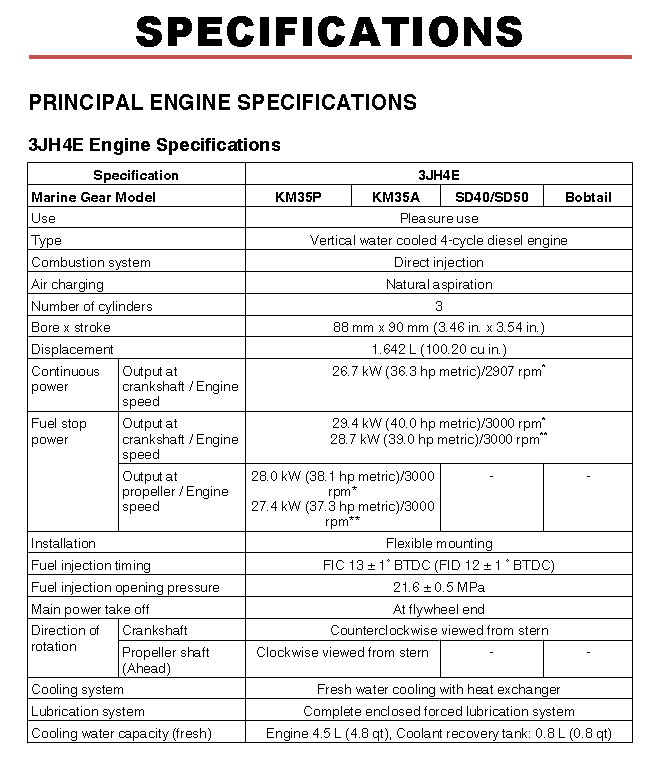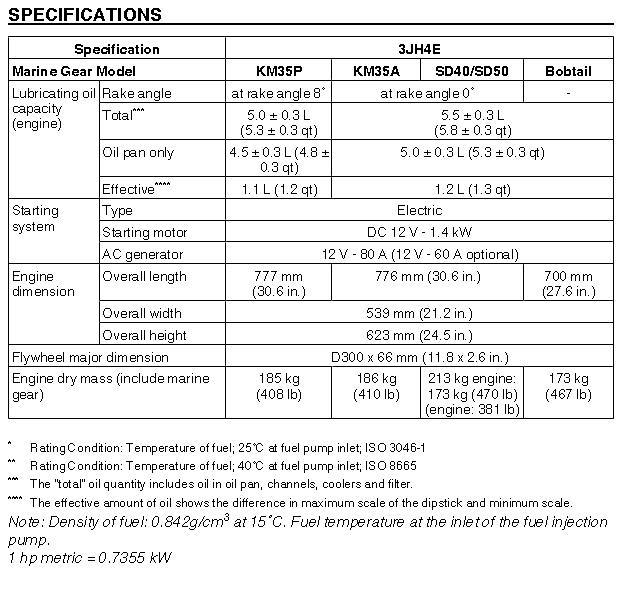For those needing to replace a broken Transom Show head, host, or entire unit…..Checkout Catalina Direct, They also sell the parts or whole unit.
http://catalinadirect.com/index.cfm?fuseaction=product.display&product_ID=1754
Regards
Paul
AVID II 1999 #148 380 Catalina
I found the whole mixing body for $54 at Heater Craft http://www.heatercraft.com/ . They also have replacement hoses and heads for $41. Look in Marine, Parts. My borther-in-law prefers a standard sink sprayer for his camper shower. It is drip-free when not in use, but I don’t like the in-ability to have it running hands-free for hair rinsing. It depends on your preference.
I replaced my shower hose last year with a standard one from HD. I they also have shower heads with shut-offs.
Dan Ross
Zephyr #303
You need to be logged in to see the rest of this content. Catalina380-IA members, please login.
To join please fill out a membership application (Association->Membership Application) and send a check to the address on the form.


